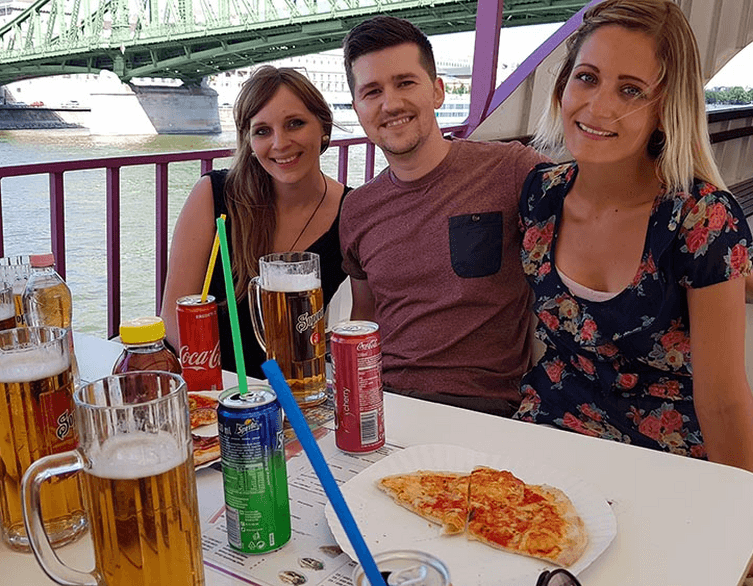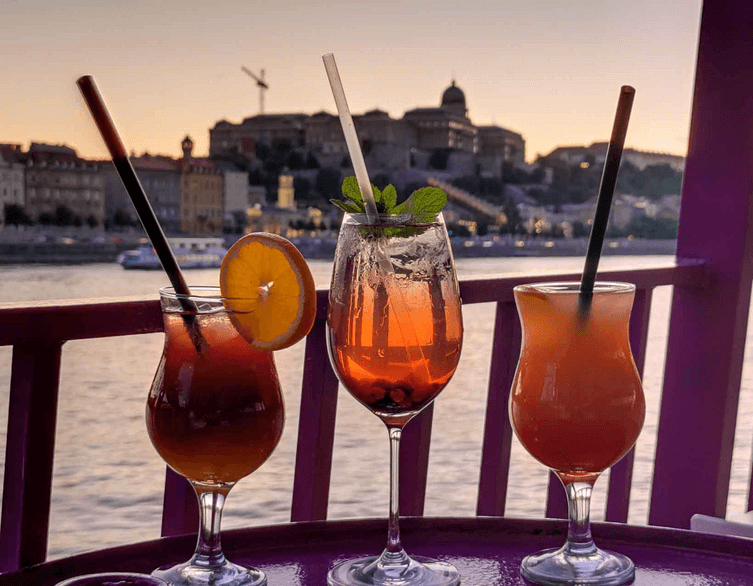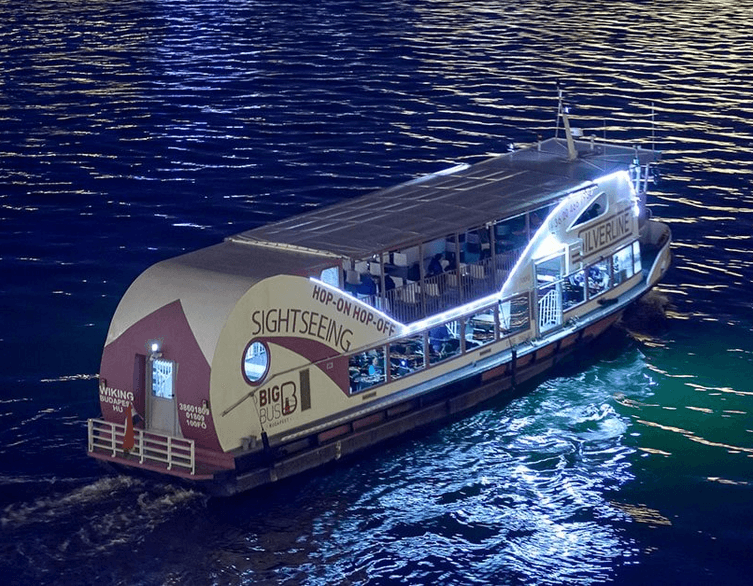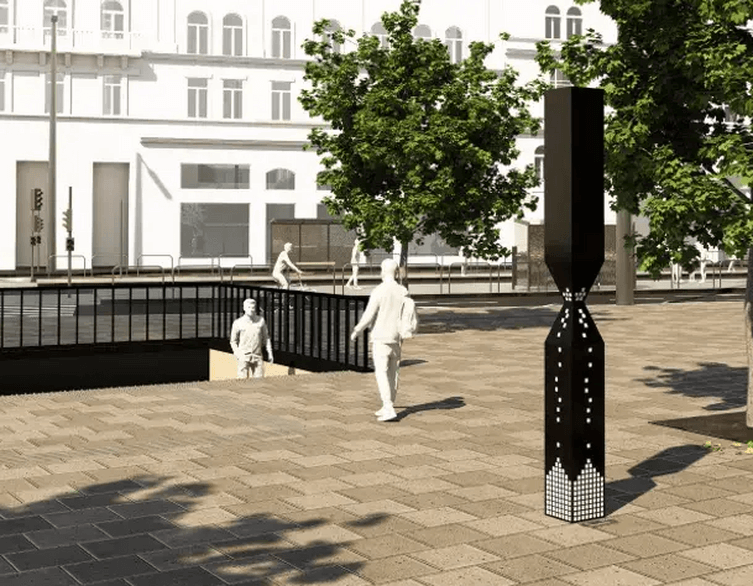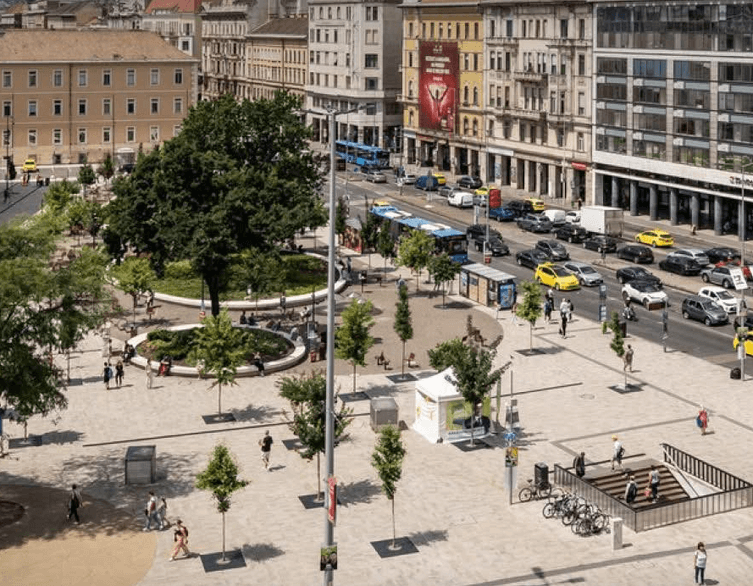Blaha Lujza Square Wins Prestigious Landscape Architecture Award
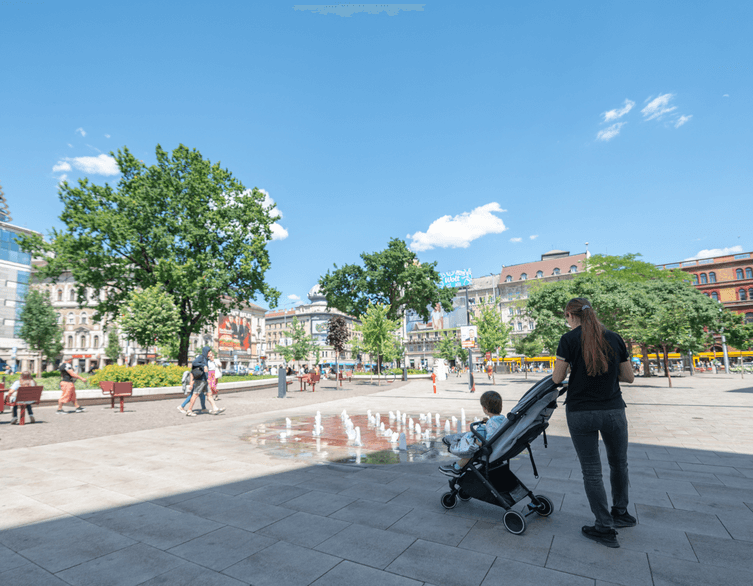
From Controversial Redesign to Award‑Winning Urban Space
Budapest’s Blaha Lujza Square, once the subject of heated public debate, has now received one of Hungary’s highest honors in landscape architecture. At the biennial Tájépítészeti Nívódíj (Landscape Architecture Award) ceremony held at MOM Cultural Center, the redesigned square won the category for Public Spaces, Pedestrian Streets, and Promenades. The recognition marks a turning point for a project that faced skepticism and criticism during its construction, but has since proven its worth as one of the city’s most successful urban transformations.
The Journey from Criticism to Recognition
When Blaha Lujza Square reopened in December 2022, reactions were mixed. Critics questioned the design, asking where the promised greenery had gone. The newly planted trees looked small and sparse against the vast paved surface, and some dismissed the project as another failed attempt at modernization. For months, the square became a symbol of divided opinions—a familiar pattern in urban renewal projects where immediate visual impact doesn’t always reflect long‑term vision.
But as Budapest’s chief landscape architect Bardóczi Sándor pointed out, time and nature have done their work. Three years later, the transformation is undeniable. Where struggling trees once fought for survival in cramped, asphalt‑surrounded pits, a thriving green canopy now flourishes. The square utilized the Stockholm planting method—one of Europe’s largest installations of this advanced technique—which gives trees deep, interconnected root systems, ensuring healthy growth even in dense urban environments.
What the Jury Saw
The award jury’s evaluation praised Blaha Lujza Square as an exemplary urban space and a textbook case of successful urban design. They highlighted the project’s meticulous attention to accessibility, noting that the square is now fully inclusive and barrier‑free—a rare achievement in Budapest’s historic center. The jury’s citation noted with humor that the square’s only “disadvantage” is its popularity: because it functions so well, even more people use it than before.
The transformation wasn’t just about aesthetics. The redesign reimagined how people move through and interact with the space. Wider sidewalks, improved lighting, integrated seating, and carefully planned sightlines have turned a chaotic traffic junction into a welcoming urban plaza. The design balances functionality with beauty, proving that public spaces can serve multiple purposes without compromise.
Square Attendants: The Eyes and Ears of Public Spaces
Adding to the square’s success is a new innovation that sets Budapest apart from many European capitals: dedicated square attendants. These professionals, recently deployed at Blaha Lujza Square along with Deák Square and the KÖKI shopping center, work in two shifts from dawn until late evening. Their role goes beyond simple security—they are the “eyes and ears” of the square, monitoring conditions, maintaining cleanliness, engaging respectfully with visitors, and coordinating with police or emergency services when needed.
The square attendant program, operated by Budapest Public Works (Budapesti Közművek), represents a thoughtful approach to public space management. Rather than relying solely on occasional patrols or enforcement, the city has embedded continuous, visible support directly into its busiest squares. These attendants help ensure that public spaces remain welcoming, safe, and clean throughout the day. They offer directions to confused tourists, gently remind dog owners about leash rules, and keep an eye on potential problems before they escalate.
In the coming weeks, this service will expand to other major hubs including Etele Square, Örs Vezér Square, and Széll Kálmán Square. The initiative reflects Budapest’s commitment to making its public spaces not just beautiful, but actively maintained and cared for—a crucial element that often gets overlooked in urban design discussions.
The Team Behind the Transformation
Great projects require great teams, and Blaha Lujza Square was no exception. The redesign brought together a multidisciplinary group of landscape architects, engineers, lighting designers, irrigation specialists, and accessibility consultants. Led by Szakács Barnabás and his team at the design firm, the project involved contributions from urban planners, sculptors, theater historians, and environmental rehabilitation experts. Every detail—from tree placement to water management—was carefully considered and expertly executed.
Best deals of Budapest
This collaborative approach exemplifies modern urban design in Budapest. Rather than imposing a single vision, the team integrated feedback, technical requirements, and long‑term sustainability goals. The result is a space that works not just on opening day, but years into the future as trees mature and usage patterns evolve.
A New Standard for Public Spaces
Blaha Lujza Square now sets a benchmark for urban renewal across Budapest. The combination of award‑winning design and attentive daily management creates a model that other cities are beginning to notice. For tourists exploring Budapest, Blaha represents the city’s commitment to livable, people‑centered design. It’s a space where locals meet friends, students pause between classes, and visitors rest after exploring nearby attractions. The square connects the historic Jewish Quarter, the vibrant nightlife of District VII, and the bustling commercial corridors of the Grand Boulevard, making it a natural crossroads for city life.
The presence of square attendants adds another layer of comfort, especially for international visitors. Knowing that someone is actively looking after the space—ready to help with directions, answer questions, or simply maintain order—makes the experience of using public spaces more pleasant and secure.
Budapest’s Growing Recognition in Landscape Design
Blaha Lujza Square wasn’t the only Budapest project honored at the awards ceremony. Several district and state‑led initiatives also took home prizes, including the Czinka Panna Garden in District VIII, the Kresz Park in City Park, the National Athletics Center landscape, and the Thurzó Park in District XIII—a former parking lot transformed into a neighborhood green space. These wins reflect a citywide momentum toward better, greener public spaces.
Each project tells a different story of urban transformation. The Czinka Panna Garden brought nature into a densely built neighborhood. The Kresz Park reimagined a historic traffic education area for modern families. The Thurzó Park proved that even small interventions can have major impacts on community life. Together, these projects demonstrate Budapest’s evolving approach to urban planning—one that prioritizes sustainability, accessibility, and public engagement.
What Visitors Will Find Today
Walking through Blaha Lujza Square today, it’s hard to imagine the controversy that once surrounded it. The trees have grown tall and full, providing shade during summer months and softening the hard edges of surrounding buildings. Pedestrians move easily across the space, while trams glide smoothly through the center. The square feels vibrant but not chaotic, busy but not overwhelming.
For visitors, Blaha offers a microcosm of modern Budapest. It’s a place where history meets innovation, where function meets beauty, and where the city’s past and future coexist. Whether you’re grabbing coffee at a nearby café, catching a tram to the thermal baths, or simply people‑watching on a sunny afternoon, the square invites you to slow down and experience Budapest as locals do—not as a museum, but as a living, evolving city.
A Lesson in Patience and Vision
The story of Blaha Lujza Square offers a reminder that great urban projects often need time to mature. What looked sparse and unfinished three years ago has blossomed into an award‑winning example of thoughtful design. The initial skepticism has given way to appreciation, and the square now stands as proof that when cities invest in quality, accessibility, and long‑term thinking, the results speak for themselves.
As Budapest continues to reimagine its public spaces—with both architectural excellence and attentive human care—Blaha Lujza Square serves as both inspiration and model. It’s a testament to what’s possible when vision, expertise, patience, and daily stewardship come together in service of the city and its people.
Related news


